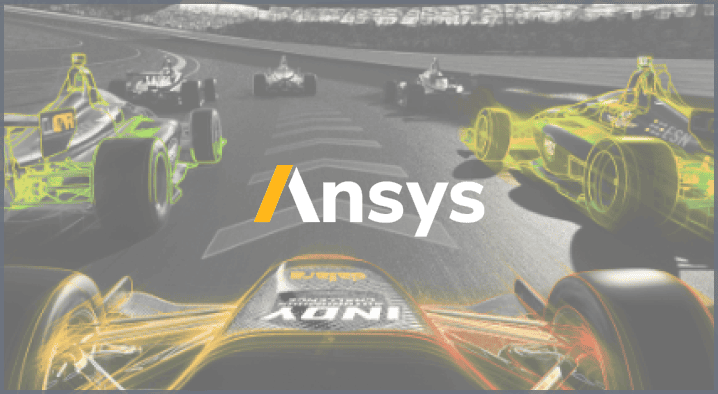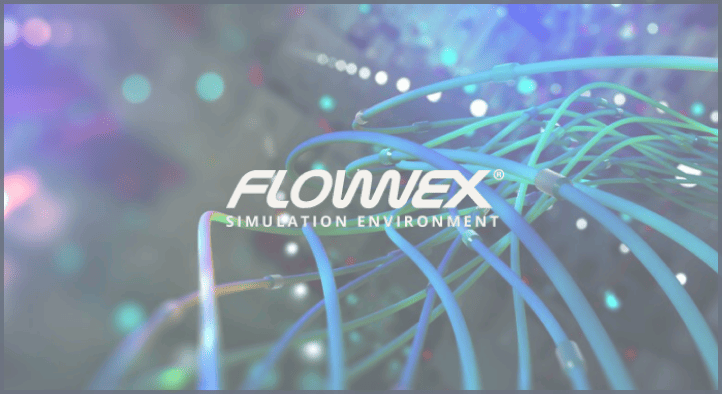Computational fluids dynamics (CFD) engineers are keenly interested in accelerating their simulation throughput, whether that’s by automating workflows, upgrading to newer/better methods, or using ...
Join our 1,770 subscribers
04/20/2023
More Info



Most of our customers receive their support over the phone or via email. Customers who are close by can also set up a face-to-face appointment with one of our engineers.
For most locations, simply contact us: